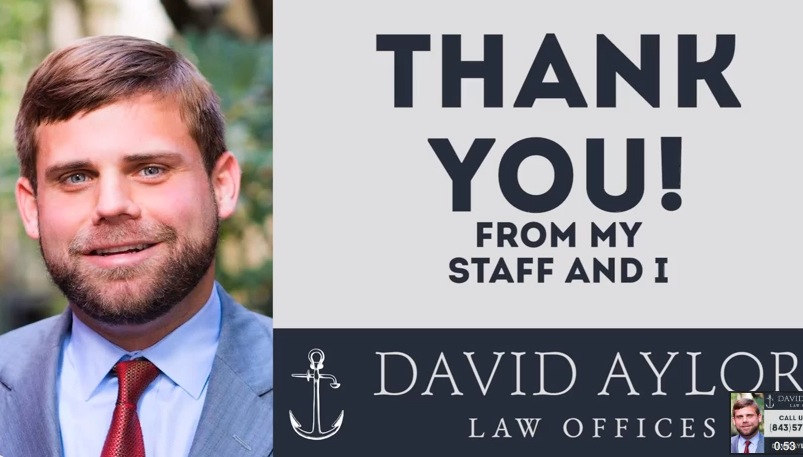 New York’s largest medical malpractice insurance company is owned by its doctors. But pretty soon, it will be sold to Warren Buffet’s profit-hungry Berkshire Hathaway. And that’s gonna be a problem.
New York’s largest medical malpractice insurance company is owned by its doctors. But pretty soon, it will be sold to Warren Buffet’s profit-hungry Berkshire Hathaway. And that’s gonna be a problem.
That company is Medical Liability Mutual Insurance Company, which insures over 14,000 New York doctors and is one of the largest such companies in the nation.
And when its doctors are sued for negligence they hire some of the most competent trial lawyers in the city. Doctors, after all, are not shy about demanding the best.
Many of the current gaggle of defense firms were created from the mid-90s dissolution of Bower and Gardner, one of the largest — if not literally the largest — medical malpractice defense firms in the nation.
Unlike BigLaw firms that do “litigation” these folks actually go out and try cases, and know how to do it well. While every large firm has its bad apples, and this biz is no exception, their reputation is, on the whole, excellent.
So what are the ramifications of this sale to a publicly traded company? For doctors? For patient/litigants? For lawyers?
For doctors, I think this is a losing proposition, regardless of the dollars involved when they get bought out, and my reasoning is simple. Currently, MLMIC owes its allegiance to the doctors that own it and run it. But once sold to Berkshire Hathaway, company loyalty shifts to the shareholders. Warren Buffet, after all, is buying this business for the profits it will make for its shareholders. In fact, the very essence of a publicly traded corporation is that fiduciary duty to the shareholders.
It doesn’t matter if you call that profit motive a bug or a feature of capitalism, that’s the way it is. It’s a plain fact that publicly owned companies and privately owned companies owe their loyalty to different constituencies. Wall Street demands profits, and they don’t care too much whose hide it comes from.
How will this manifest itself? First, by trying to trim costs, of course. And part of that will likely mean trying to trim legal fees.
I fully expect to see a new raft of medical malpractice defense firms, who will pitch their business to Berkshire by undercutting the rates of those that currently lead the defense bar. They will try to trim their prices by focusing more on volume, less on quality. And these firms will hire less experienced (cheaper) attorneys to do the work, so that they can give that lower legal rate to their new masters at Berkshire.
And that will be very bad for the docs.
One of the great advantages that small firms have over large ones is that the small firm lawyer generally knows everything there is no to know about a case — every nuance. But when firms do volume, that nuance is lost. The experienced small firm lawyer that sees a constantly shifting parade of big firms come in on a case with inexperienced lawyers has an advantage.
How does this affect the patients, who are now litigants? Well, if the case is part of a volume practice for the defense firm, it is less likely that a savvy defense lawyer or adjuster will recognize the dangers ahead and move to settle the case. The matter gets prolonged.
Now a case being prolonged isn’t always bad for an insurance company, as they make money by investing the float — those premiums that they have taken in but not yet paid out in claims. The insurance business model is, of course, to take in as much as you can in premiums, pay out as little as possible, and invest the money in the interim.
In my younger days, no medical malpractice case ever settled until jury selection, even if a sponge or clamp was errantly left behind. In recent years, however, the insurance carriers have become more savvy and recognized they could get a discount with an early settlement on clear liability cases, and that this discount (along with savings on the legal fees) might well exceed the interest on the float that they might make by stalling. (If interest rates go up, of course, that could change.)
On the one hand, this delay could be very bad for desperate plaintiffs who might not be able to work anymore. The reality, however, is that this scenario is already exploited when possible. Desperate plaintiffs don’t do as well, in general, as “tell ’em to go pound sand” plaintiffs. The delay tool is used in some cases, but not all.
But once they get to trial, plaintiffs will magically have the driver’s seat. Now there’s a jury to be reckoned with. The discount factor for early settlement has evaporated, and settlement demands may become more firm, or even rise (as I’ve done on multiple occasions).
 My opinions stem, in part, from the fact that Berkshire owns other insurance companies, one of which is Geico. Geico doesn’t exactly enjoy the best of reputations in New York, and on many occasions I think it has put its own insured at risk of excess verdicts due to a refusal to make early good faith settlement offers.
My opinions stem, in part, from the fact that Berkshire owns other insurance companies, one of which is Geico. Geico doesn’t exactly enjoy the best of reputations in New York, and on many occasions I think it has put its own insured at risk of excess verdicts due to a refusal to make early good faith settlement offers.
And one would naturally expect the new MLMIC to follow in those footsteps as they will now answer to the same masters. The problem, however, is that an excess verdict means a hell of a lot more to a doctor than it does to a minimum wage worker with a minimal auto policy.
Will the Gecko treat doctors the way it now treats others that it insures? The best guess from my little corner of cyberspace, is yes. I don’t think that selling itself to Berkshire will end well for the doctors.
I would not be surprised at all if, within 5 years, a new medical malpractice insurance company is born in New York, once again owned by doctors, with the interests of doctors as its priority, instead of a bunch of Wall Street traders.
The deal is expected to close in the first quarter of 2018. It was first announced last year.






